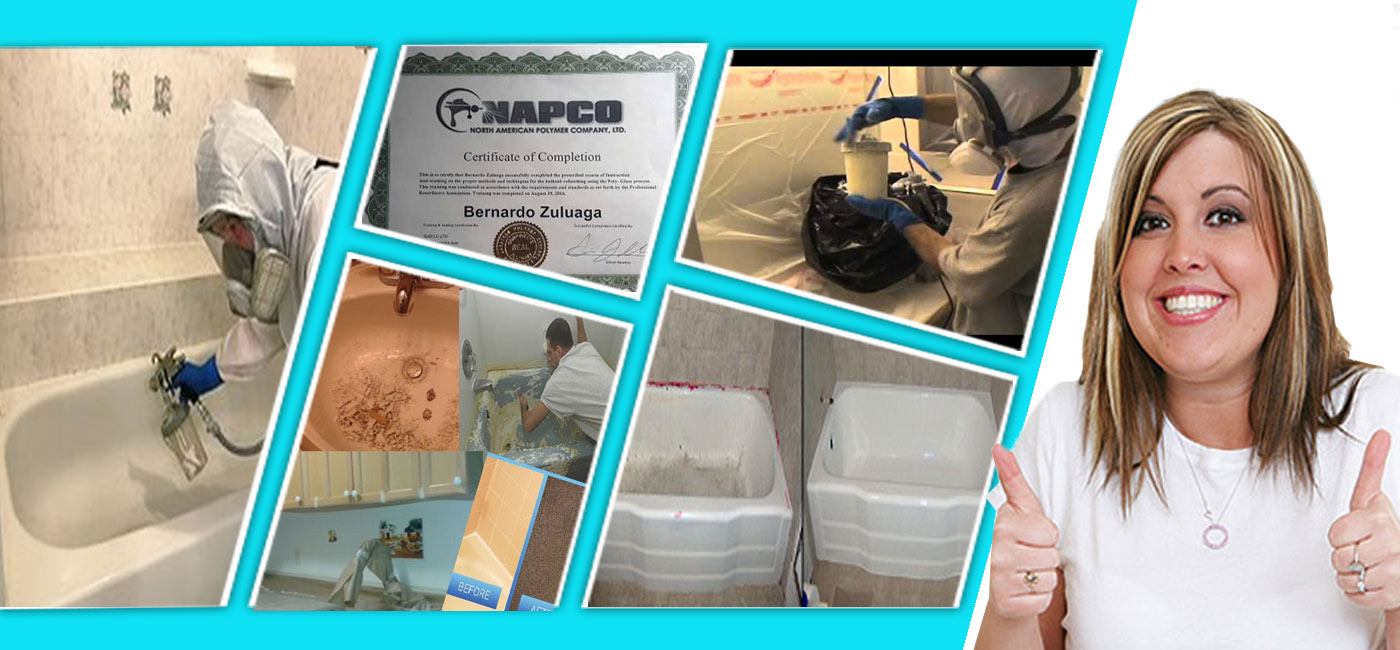
15 Plan Points Bathtub Refinishing
Bathtub refinishing, also known as bathtub reglazing, is a popular and cost-effective method for revitalizing worn or outdated tubs. This comprehensive process involves several steps to transform a tired bathtub into a gleaming centerpiece of the bathroom. From initial preparation to final inspection, each stage of the refinishing process plays a crucial role in achieving a durable and aesthetically pleasing result.
15 Plan Points Bathtub Refinishing: Will Work!
The 15-point bathtub refinishing plan begins with a thorough analysis of the work and the implementation of safety measures to protect the surrounding areas. As the process progresses, steps such as removing tub hardware, cleaning the tub surface, and sanding are undertaken to prepare the bathtub for the application of coatings. With meticulous attention to detail, including the use of phone lights or halogen flashlights to detect imperfections, and the provision of post-refinishing care recommendations, this plan ensures that every aspect of the refinishing process is executed with precision and expertise.
The Perfect Plan for Bathtub Refinishing!
Step 1: Analyze the Work and Ensure Safety Measures for Surrounding Areas
Step 2: Remove Tub Hardware
Step 3: Clean the Tub Thoroughly
Step 4: Remove Caulking on the Tub
Step 5: Sand the Surface
Step 6: Prep the Surface for Glaze Application
Step 7: Mix and Apply the Epoxy Coating
Step 8: Apply Final Coats
Step 9: Apply Caulk and Perform Finishing Touches
Step 10: Allow Sufficient Drying Time
Step 11: Buff and Polish the Surface
Step 12: Reinstall Tub Hardware
Step 13: Use Phone Light or Halogen Flashlight to Identify Imperfections and Ensure Quality Inspection
Step 14: Clean Up the Work Area
Step 15: Provide Recommendations for Care and Maintenance of the Refinished Bathtub
1- Plan Point: Analyzing the Work and Ensuring Safety Measures
Analyzing the Work and Ensuring Safety Measures
Before embarking on any bathtub refinishing project, it is essential to conduct a thorough analysis of the work at hand and implement adequate safety measures for the surrounding areas. This initial step lays the groundwork for a successful and safe refinishing process. 🛠️
**
Understanding the Scope of Work
**
The first aspect of the analysis involves understanding the scope of work required for the bathtub refinishing project. This includes assessing the condition of the bathtub surface, identifying any existing damage or imperfections, and determining the desired outcome of the refinishing endeavor. 🕵️♂️
**
Prioritizing Safety
**
Additionally, ensuring safety measures are in place for the surrounding areas is paramount. This entails protecting adjacent surfaces, such as walls, floors, and fixtures, from potential damage during the refinishing process. Adequate ventilation and the use of personal protective equipment (PPE) are crucial to safeguard both workers and occupants. ⚠️
**
Assessing Environmental Factors
**
Furthermore, it’s essential to assess environmental factors such as temperature and humidity levels. These factors can significantly impact the effectiveness of the refinishing materials and the overall quality of the final result. By considering and addressing these factors proactively, potential complications can be minimized, leading to a more successful refinishing job. 🌡️
**
Conclusion
**
In conclusion, the analysis of the work and the implementation of safety measures are foundational steps in any bathtub refinishing project. By thoroughly assessing the scope of work, prioritizing safety, and considering environmental factors, refinishing professionals can ensure a successful outcome. To learn more about bathtub refinishing services in Arizona, visit arizonabathtubrefinishing.com. 💪
2- Plan Point:- Removing Tub Hardware
Removing Tub Hardware
**
The second step in the bathtub refinishing process is to remove any hardware attached to the tub. This includes faucets, handles, drain covers, and any other fixtures that may be present. 🚰
**
Importance of Removing Hardware
**
Removing tub hardware is crucial as it allows for a thorough refinishing of the bathtub surface. Hardware can obstruct access to certain areas of the tub, making it difficult to achieve a uniform finish. By removing these components, refinishing professionals can ensure that every part of the tub receives proper attention and treatment. 🔧
**
Cleaning and Restoration
**
Additionally, removing hardware provides an opportunity to clean and restore these components. Over time, tub hardware can accumulate dirt, grime, and mineral deposits, detracting from the overall appearance of the bathtub. Cleaning or replacing hardware as needed can enhance the aesthetic appeal of the tub and complement the refinishing process. 🛁
**
Recommendations for Clients
**
For clients who opt to remove hardware themselves, it’s essential to provide clear instructions and recommendations. This may include advising them to turn off the water supply before attempting removal and suggesting the use of appropriate tools to prevent damage. Alternatively, offering hardware removal as part of the refinishing service can streamline the process and ensure optimal results. 💡
**
Conclusion
**
In conclusion, removing tub hardware is a critical step in the bathtub refinishing process. By taking this step, refinishing professionals can ensure thorough surface preparation and achieve superior results. To learn more about bathtub refinishing services in Arizona, visit arizonabathtubrefinishing.com. 🛠️
3- Plan Point:- Thoroughly Clean the Tub Surface
Thorough Tub Cleaning
** The third step in the bathtub refinishing process is to thoroughly clean the tub surface. This is a crucial preparatory step that sets the foundation for a successful refinishing job. 🧼 **Importance of Cleaning
** Cleaning the tub thoroughly is essential because it removes any dirt, grime, soap scum, or other contaminants that may have accumulated on the surface over time. These substances can interfere with the adhesion of the new coating and compromise the durability of the refinishing job. By starting with a clean surface, technicians ensure that the coating will bond effectively to the tub material, resulting in a long-lasting finish. 🌟 **Preparation for Coating Application
** Furthermore, a clean tub surface is necessary to ensure that the coating material adheres uniformly and smoothly. Any residue or debris left on the surface can create imperfections in the finish or cause the coating to bubble or peel over time. Therefore, meticulous cleaning is essential to achieve a professional-quality result. 🚿 **Expert Techniques
** Professional refinishing technicians use specialized cleaning agents and techniques to ensure that every part of the tub surface is thoroughly cleaned and prepared. They may employ solvents, degreasers, or abrasives to remove stubborn stains and buildup, followed by rinsing and drying the surface completely. This attention to detail is critical for achieving a flawless finish and ensuring the longevity of the refinishing job. 💧 **Conclusion
** In conclusion, thorough tub cleaning is a vital step in the bathtub refinishing process. By starting with a clean surface, technicians can optimize the adhesion and durability of the new coating, resulting in a beautiful and long-lasting finish. To learn more about professional bathtub refinishing services in Arizona, visit arizonabathtubrefinishing.com. 🛁4- Plan Point:- Removing Old Caulking
Removing Old Caulking
** The third step in the bathtub refinishing process is to remove old caulking from around the tub. This often-overlooked task is crucial for achieving a professional-looking finish and ensuring the longevity of the refinishing job. 🛁 **Importance of Removing Old Caulking
** Old caulking around the tub not only detracts from the appearance of the finished refinishing job but can also compromise its integrity. Over time, caulking can become discolored, cracked, or moldy, creating an unsightly and unhygienic environment. By removing old caulking before refinishing, technicians can ensure a clean and seamless finish that enhances the overall aesthetic appeal of the tub. 🔧 **Enhancing Aesthetics
** Removing old caulking allows technicians to apply fresh caulking or sealant after the refinishing process, creating a clean and polished look around the tub. This attention to detail enhances the overall aesthetics of the bathroom and gives the impression of a newly installed bathtub. Additionally, proper caulking helps prevent water damage and mold growth, ensuring the longevity of the refinishing job. 💦 **Expert Techniques
** Professional refinishing technicians use specialized tools and techniques to carefully remove old caulking without damaging the surrounding surfaces. They may use caulk softeners, scrapers, or solvent-based removers to loosen and remove the old caulking, followed by thorough cleaning and preparation of the area. This meticulous approach ensures a flawless finish and enhances the overall quality of the refinishing job. 🛠️ **Conclusion
** In conclusion, removing old caulking around the tub is a critical step in the bathtub refinishing process. By ensuring a clean and seamless transition between the tub surface and surrounding areas, technicians can enhance the aesthetics and longevity of the refinishing job. To learn more about professional bathtub refinishing services in Arizona, visit arizonabathtubrefinishing.com. 🚿5- Plan Point: Sanding the Surface
Sanding the Surface
The fifth step in the bathtub refinishing process is sanding the surface to prepare it for the application of new coatings. This crucial step ensures proper adhesion and a smooth, flawless finish for your refinished bathtub. 🪚 **Importance of Sanding
** Sanding the surface of the bathtub is essential for removing imperfections, old coatings, and any rough areas that could affect the adhesion of the new materials. By sanding the surface thoroughly, technicians create a clean and smooth substrate for the application of primers and coatings, ensuring a durable and long-lasting finish. 🛁 **Preparation for Coatings
** Sanding also creates microscopic grooves and scratches on the surface, providing a better mechanical bond for the new coatings to adhere to. This enhances the overall durability and performance of the refinished bathtub, preventing peeling, chipping, and other common issues. Additionally, sanding promotes uniformity and consistency in the final finish, ensuring professional-quality results. 🔍 **Proper Cleaning After Sanding
** After sanding, it’s essential to clean the surface thoroughly to remove any dust, debris, or residue left behind. Technicians use specialized cleaning agents and materials that effectively capture and remove fine particles, ensuring a pristine surface for the application of primers and coatings. This meticulous cleaning process is crucial for achieving optimal adhesion and a flawless finish. 🧼 **Conclusion
** In conclusion, sanding the surface is a critical step in the bathtub refinishing process, ensuring proper adhesion and a flawless finish. By removing imperfections and preparing the surface properly, technicians can achieve professional-quality results that enhance the appearance and durability of your bathtub. To learn more about professional bathtub refinishing services in Arizona, visit arizonabathtubrefinishing.com. 🚿Subscribe

Opening Hours
Monday | 8am – 11pm
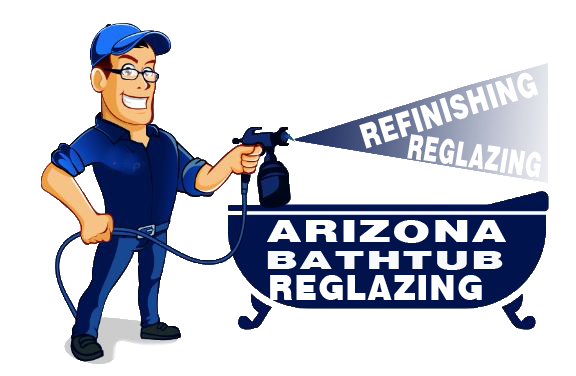
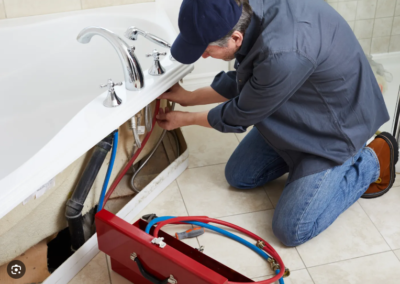
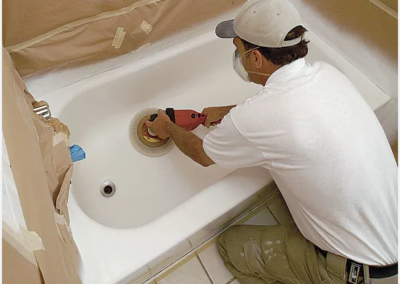

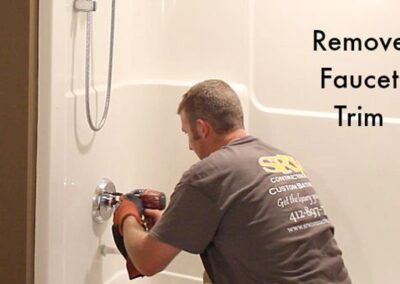
Recent Comments